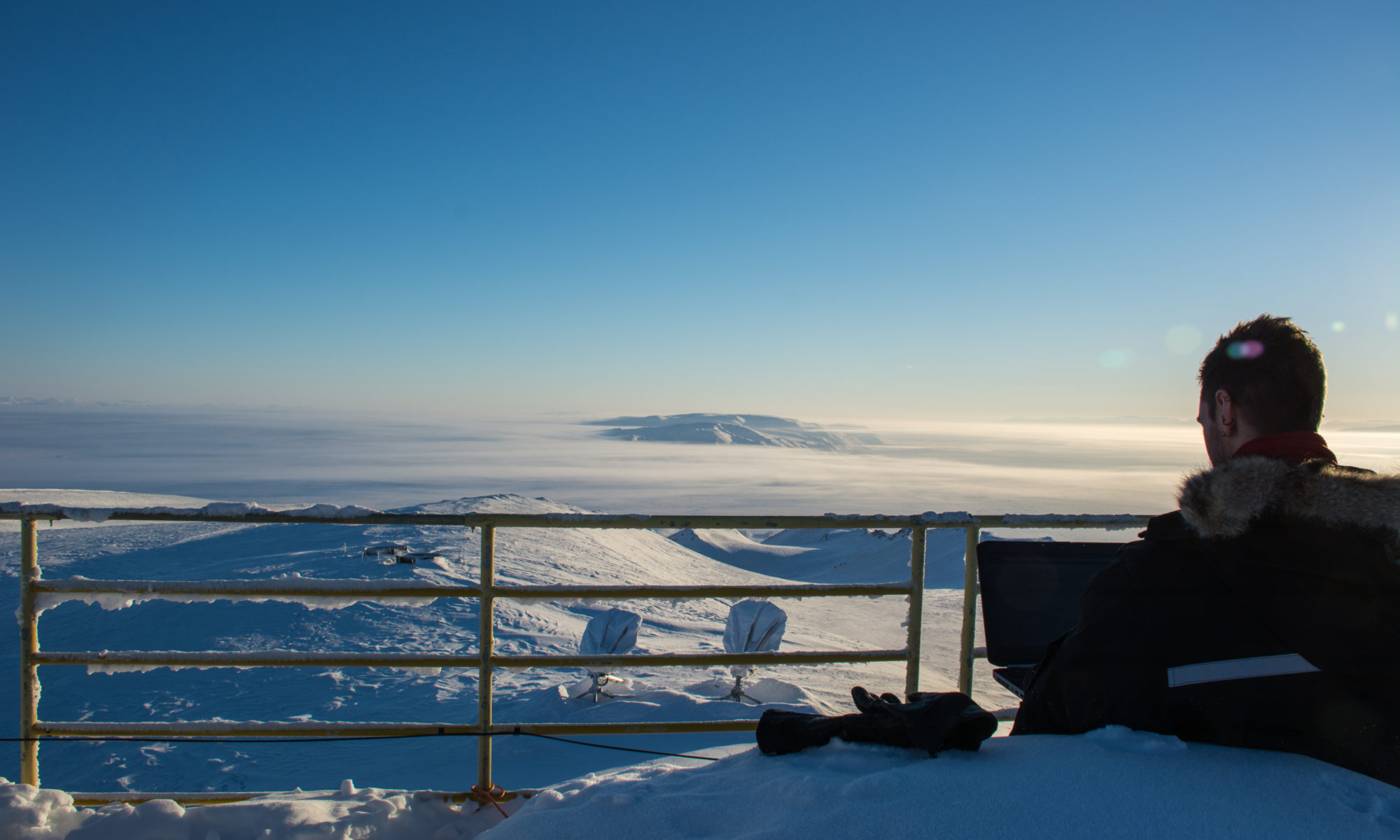Big news: a new job
Next week I start a new job:
Assistant Professor (Teaching Stream) at the Department of Physics and Environmental Sciences (DPES), University of Toronto Scarborough.
This job is an amazing fit for me.
Here’s a few reasons why:
Academia
I’ve wanted a job in science. But I don’t only want to do science. I want a job that enables me to teach and do public outreach in a meaningful way. I spent a great deal of time and effort over the last decade working in education through NGOs, companies, and at U of T in a variety of roles. I also have a teaching degree. This position is teaching-focused, which is great, in addition to allowing me to continue to do research.
As an academic, I’ll also be able to continue doing science advocacy. Many of my former colleagues have gone to work for government science departments, such as Environment and Climate Change Canada (ECCC). It’s a nice career path, with stability and important work. But public servants are limited in their ability to criticize government policy, which I’ll be free to do. Given the continuing struggle to keep facilities like PEARL funded, the overall lack of ambition on many science topics, this privilege will be put to good use.

Downtown U of T vs. Scarborough
I’ve spent the last 15 years living and working near downtown. The U of T downtown campus (UTSG) location has clear advantages. There’s an appealing energy and convenience to being close to the core of Canada’s largest city.

But I wanted a change. I grew up essentially across the street from the Ottawa Greenbelt, and spent the warmer months of the year camping and cottaging in the surrounding rural areas of Ontario. Downtown Toronto doesn’t have enough greenspace. I spent the last several years living next to High Park. It was a great way to find balance. The U of T Scarborough campus has a strong environmental focus and is adjacent to a large forest, which is immensely appealing.

I’ve moved to the east end of Toronto (Upper Beaches), and aim to do part of my commute by bike in the warm months, since there are trails that run from UTSC to GO Transit stations. That’ll be much nicer than biking along College St. to downtown U of T!

I have to admit one big downside: public transit in Scarborough is badly inadequate. I’m now enthusiastically cheering for Toronto (& other transit-funding levels of government) to build the Eglinton LRT line out to UTSC.
Interdisciplinary department
I’m not joining a physics department. DPES is a mix of physics, chemistry, astronomy, and environmental sciences. That’s also a quick way to summarize my academic background. I did my B.Sc. in astronomy & astrophysics, my M.Sc. in physics, and my Ph.D. in physics with a collaborative program in environmental studies. I’ve also spent considerable time engaged with environmental policy topics. I’m looking forward to interacting with colleagues across these fields. Ideally, I’d like to build a course or two that crosses disciplinary boundaries.
Experimental physics and environmental issues
My specific areas of focus will be exactly my areas of core interest: experimental physics and environmental connections to physics. One of the first large tasks I’m undertaking is a complete re-building of the undergraduate physics laboratory courses. I’m thrilled – this is exactly the type of project I’m keen to do. I’ll also be creating a course on atmospheric physics. Other ideas are floating around, too, but I should leave something for later blog posts.

Summary
I expect to be (very!) busy for the next few months (years?) as I get started with this exciting new chapter in life. There are challenges ahead. But I’m proceeding with enthusiasm. I’m joining a great institution and department. I’m still close enough to collaborate with my friends downtown at U of T and at ECCC. And if I need the excitement of downtown Toronto, there’s always the weekends.


